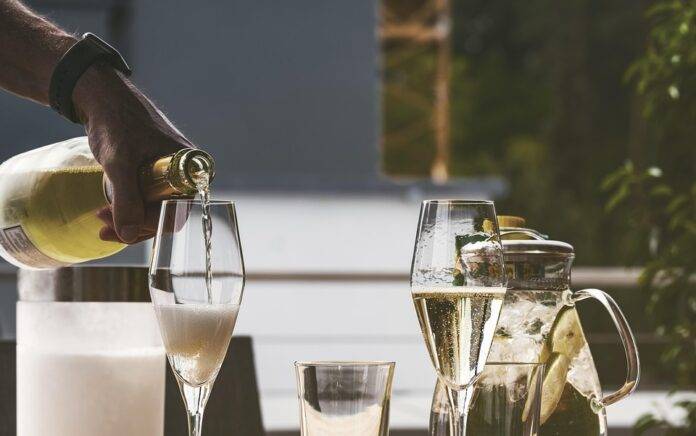The Influence of Vintage Variation on Bordeaux Wine Quality and Pricing
The Bordeaux region in France is renowned for its prestigious wines, with a long history of producing some of the world’s most sought-after bottles. One key factor that significantly impacts the quality and pricing of Bordeaux wines is vintage variation. Vintage variation refers to the differences in grape growing conditions from year to year, including factors such as weather patterns, temperature fluctuations, and rainfall levels. These variations can have a profound effect on the quality of the grapes harvested, which in turn affects the overall quality and pricing of the wine produced.
Quality Implications of Vintage Variation
Vintage variation plays a crucial role in determining the quality of Bordeaux wines. In years with optimal growing conditions, such as moderate temperatures, ample sunlight, and well-distributed rainfall, grapes can ripen evenly and develop complex flavors and aromas. Wines produced in these exceptional vintages are often of outstanding quality, with intense fruit flavors, balanced acidity, and refined tannins. On the other hand, in challenging years marked by adverse weather conditions, such as frost, hail, or excessive rain, grapes may struggle to ripen fully, resulting in wines that are less expressive, lacking in complexity, and potentially unbalanced.
Winemakers in Bordeaux closely monitor vintage conditions throughout the growing season to assess the quality potential of the grapes. By carefully managing vineyard practices, such as pruning, canopy management, and irrigation, they aim to mitigate the impact of adverse weather and optimize grape quality. However, ultimately, the vintage conditions largely determine the quality of the wine produced in a given year.
Financial Impact of Vintage Variation on Bordeaux Wine Pricing
The quality of Bordeaux wines is closely linked to their pricing, with exceptional vintages commanding premium prices in the market. Wines from outstanding vintages are highly sought after by collectors, investors, and enthusiasts, driving up demand and prices. For example, Bordeaux wines from legendary vintages like 1982, 2000, and 2010 often fetch record prices at auctions and in the secondary market due to their exceptional quality and aging potential.
Conversely, wines from lesser vintages may struggle to command high prices, as consumers are less willing to pay a premium for wines of inferior quality. Wineries may choose to adjust their pricing strategies in challenging years to reflect the perceived value of the wine. Some producers may offer discounts or promotions to stimulate sales, while others may choose to limit production and focus on higher-priced offerings to maintain profitability.
Industry Insights and Trends
Vintage quality and pricing trends in Bordeaux are closely monitored by industry experts, critics, and consumers. Wine critics such as Robert Parker, Jancis Robinson, and James Suckling play a significant role in shaping perceptions of Bordeaux wines by assigning scores and tasting notes to wines from different vintages. These ratings can influence consumer purchasing decisions and impact the market value of Bordeaux wines.
In recent years, climate change has emerged as a key factor shaping vintage variation in Bordeaux. Rising temperatures, changing weather patterns, and increased incidence of extreme weather events pose challenges for winemakers in the region. As a result, wineries are implementing sustainable vineyard practices, exploring new grape varieties, and adapting winemaking techniques to mitigate the effects of climate change and preserve the quality of their wines.
Overall, vintage variation continues to be a defining factor in shaping the quality and pricing of Bordeaux wines. By understanding the impact of vintage conditions on grape quality and wine production, consumers can make informed decisions when purchasing Bordeaux wines and appreciate the diversity and complexity that each vintage brings to the table.




